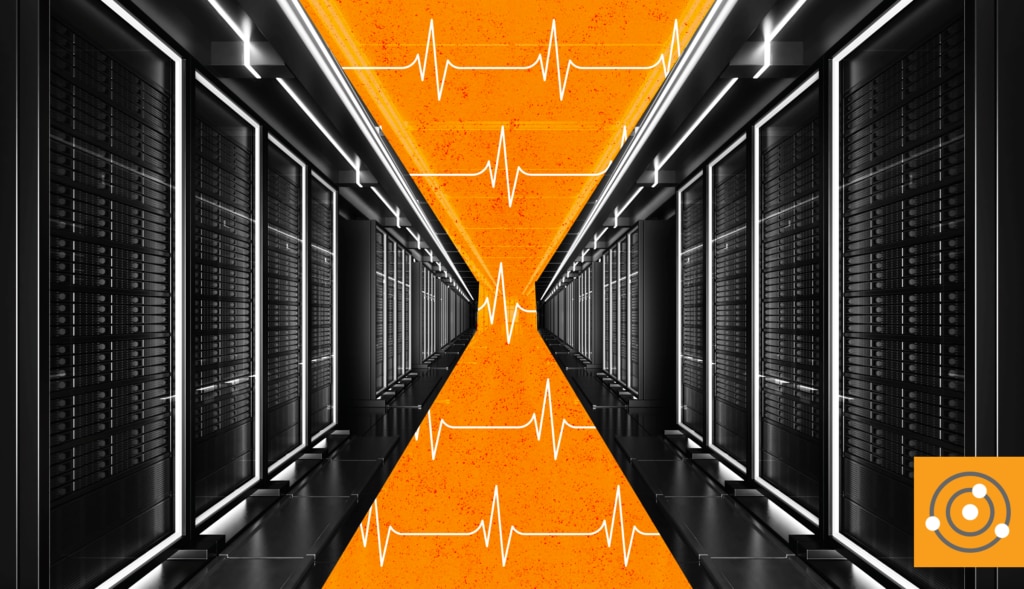A networking problem can come from almost any fault within the infrastructure, whether it’s a bandwidth bottleneck, configuration issues, or a faulty networking component. But more than half of IT system outages are caused by hardware failure. The ability to quickly identify and resolve hardware issues goes a long way toward ensuring optimized performance.
While this may seem like a simple solution, there are many, many potential hardware failure points, each of which can contribute to a slowdown.
Let’s take servers, for example. Server failure may be caused by an overtaxed CPU, overloaded disk or memory space, or faulty power supply. Yet any server on the agency network can also be threatened by environmental issues, such as fan failure, increased server temperature, and peaks or drops in voltage.
Hardware Monitoring
Successful hardware monitoring improves performance. Start with an offering with real-time hardware status: up, warning, or critical. With this capability often comes the added ability to look at this data from a historical perspective; set baselines for things like CPU fan speed, server temperature, and power supply operation—and send alerts when appropriate.
It’s also important to see real-time status of resource utilization—and alerts when necessary—on things like CPU load, memory used, and disk capacity. Historical baselines forecast charts and metrics will help determine when resources will reach capacity, so the federal IT team can be working well ahead of those increasing capacity demands.
Federal IT pros should look for a solution with a single-pane-of-glass view to ensure all status information, regardless of vendor, type of hardware, or location of hardware, is visible through a single status screen. This single,
continuous monitoring view provides one final, critically important factor in hardware monitoring: context.
It’s one thing to know a CPU is nearing capacity, for example. Adding context may tell the federal IT pro the over-taxed CPU is responsible for supporting the agency’s most critical mission and must be remediated immediately.
One final recommendation for successful hardware health is the ability to monitor change. Has hardware within the environment been added, removed, or changed? Monitoring change as part of hardware is as important as monitoring software or application changes.
The federal IT pro will certainly need to know if there’s been a change to a firewall configuration or if hardware or software has been added, removed, or updated to a different version. Monitoring these types of changes allows the federal IT pro to better understand the impact of those changes and whether they were authorized.
Each of these capabilities—a single pane of glass, real-time monitoring, context, and change monitoring—by themselves are important for optimized network performance. Together, they can help federal IT pros optimize performance and provide a more effective security posture. The goal is to be proactive versus reactive, to stay ahead of potential failures to ensure the best performance and, ultimately, mission success.
Find the full article on
Government Technology Insider.







